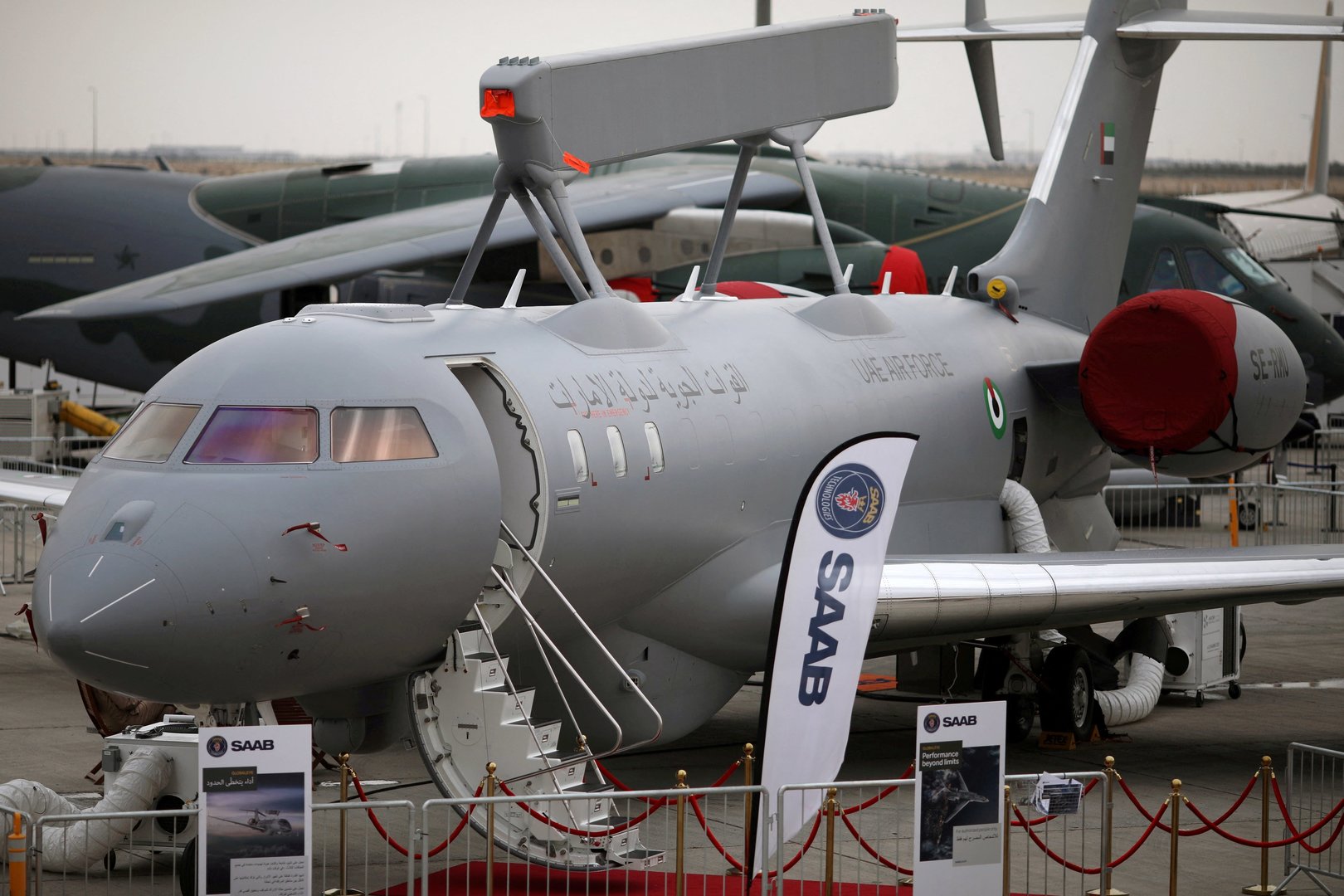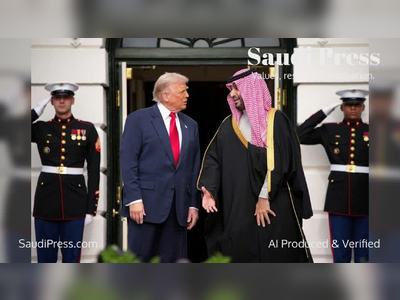Saab Advances GlobalEye Offers to Qatar and Saudi Arabia Amid Regional AEW&C Shift
Sweden’s Saab pitches its advanced GlobalEye airborne early-warning aircraft as Gulf states reassess surveillance needs and Western programmes falter.
Swedish defence company Saab AB has formally offered its GlobalEye airborne early-warning and control (AEW&C) aircraft to both Qatar and Saudi Arabia, marking a strategic push into the Gulf as regional surveillance demand grows.
Saab Chief Executive Micael Johansson confirmed in an interview that the firm “is campaigning, and we have given them offers”.
The GlobalEye platform, built on the Bombardier Global 6000/6500 business-jet airframe and equipped with Saab’s Erieye Extended Range radar suite alongside multi-domain sensors, is already in service with the United Arab Emirates.
Saudi Arabia and Qatar have previously shown interest in the system, with the Gulf states seeking enhanced early-warning capabilities amid evolving regional security dynamics.
Johansson noted that the Dutch decision to abandon plans for Boeing’s E-7 Wedgetail AEW&C aircraft opens further opportunities: “They are looking at whether they can maybe have another capability which we are of course proposing to them, the GlobalEye.” The comments underscore how Saab is leveraging shifting procurement decisions among North Atlantic Treaty Organization (NATO) states to accelerate exports.
For Saudi Arabia and Qatar the appeal lies in several factors: the GlobalEye’s long endurance (over eleven hours in some configurations), its ability to integrate air-, maritime- and land-domain surveillance in a single platform, and Saab’s willingness to engage on technology transfer and local industrial participation.
Johansson indicated that in Canada Saab has offered to partner with Bombardier to establish a local sensor-integration facility — a sign of how the company is packaging industrial cooperation alongside sales.
While no contract has yet been signed by either Gulf state, the timing reflects broader regional trends.
Saudi Arabia is deepening defence and technology ties with Western partners as part of its diversification strategy, while Qatar continues to expand its airborne surveillance network in response to regional tensions.
Analysts say that for Saab, landing orders in the Gulf would further validate the GlobalEye programme and help expand its export footprint beyond its initial UAE customer.
For the Gulf states, the decision will involve balancing cost, industrial offset expectations, export-licence regimes and long-term support arrangements.
Nevertheless, Saab’s advance offers signal a concerted attempt to capitalise on evolving AEW&C demand in the Middle East and to shift procurement dynamics away from more traditional suppliers.
The coming year will be critical, as Saudi Arabia and Qatar decide which platforms best fit their surveillance strategies.
Saab’s competitive position will rest on its ability to deliver capability, secure offsets and adapt to local requirements — all while offering Gulf states a credible alternative in a domain becoming ever more central to regional air-defence architecture.
Saab Chief Executive Micael Johansson confirmed in an interview that the firm “is campaigning, and we have given them offers”.
The GlobalEye platform, built on the Bombardier Global 6000/6500 business-jet airframe and equipped with Saab’s Erieye Extended Range radar suite alongside multi-domain sensors, is already in service with the United Arab Emirates.
Saudi Arabia and Qatar have previously shown interest in the system, with the Gulf states seeking enhanced early-warning capabilities amid evolving regional security dynamics.
Johansson noted that the Dutch decision to abandon plans for Boeing’s E-7 Wedgetail AEW&C aircraft opens further opportunities: “They are looking at whether they can maybe have another capability which we are of course proposing to them, the GlobalEye.” The comments underscore how Saab is leveraging shifting procurement decisions among North Atlantic Treaty Organization (NATO) states to accelerate exports.
For Saudi Arabia and Qatar the appeal lies in several factors: the GlobalEye’s long endurance (over eleven hours in some configurations), its ability to integrate air-, maritime- and land-domain surveillance in a single platform, and Saab’s willingness to engage on technology transfer and local industrial participation.
Johansson indicated that in Canada Saab has offered to partner with Bombardier to establish a local sensor-integration facility — a sign of how the company is packaging industrial cooperation alongside sales.
While no contract has yet been signed by either Gulf state, the timing reflects broader regional trends.
Saudi Arabia is deepening defence and technology ties with Western partners as part of its diversification strategy, while Qatar continues to expand its airborne surveillance network in response to regional tensions.
Analysts say that for Saab, landing orders in the Gulf would further validate the GlobalEye programme and help expand its export footprint beyond its initial UAE customer.
For the Gulf states, the decision will involve balancing cost, industrial offset expectations, export-licence regimes and long-term support arrangements.
Nevertheless, Saab’s advance offers signal a concerted attempt to capitalise on evolving AEW&C demand in the Middle East and to shift procurement dynamics away from more traditional suppliers.
The coming year will be critical, as Saudi Arabia and Qatar decide which platforms best fit their surveillance strategies.
Saab’s competitive position will rest on its ability to deliver capability, secure offsets and adapt to local requirements — all while offering Gulf states a credible alternative in a domain becoming ever more central to regional air-defence architecture.







